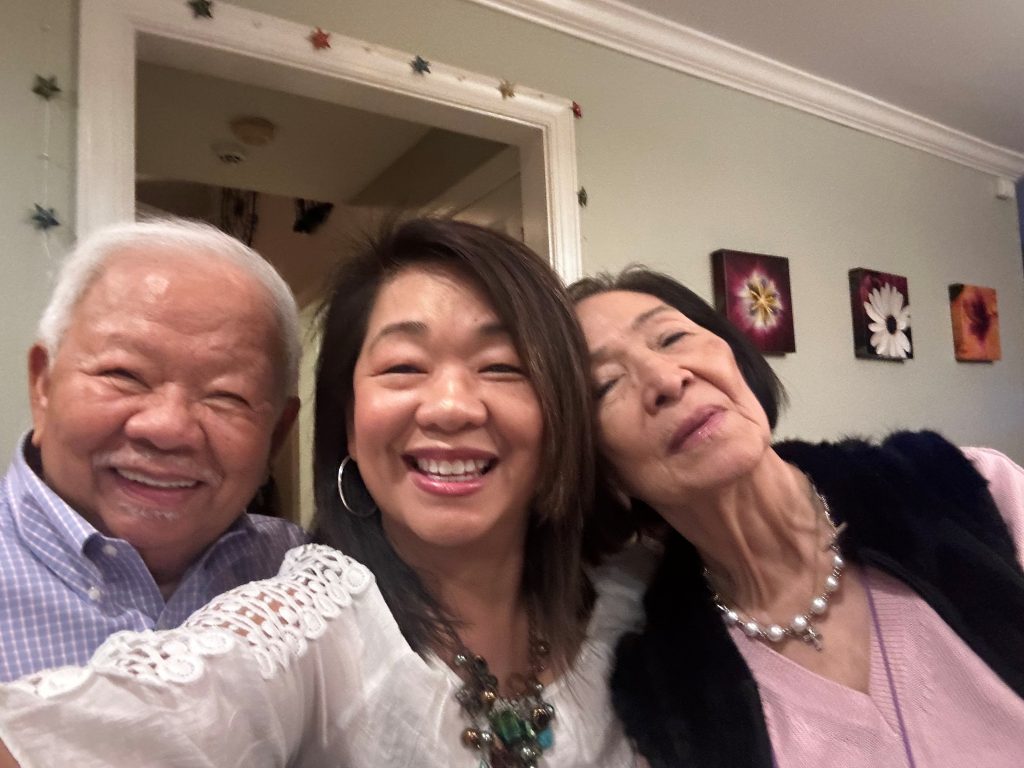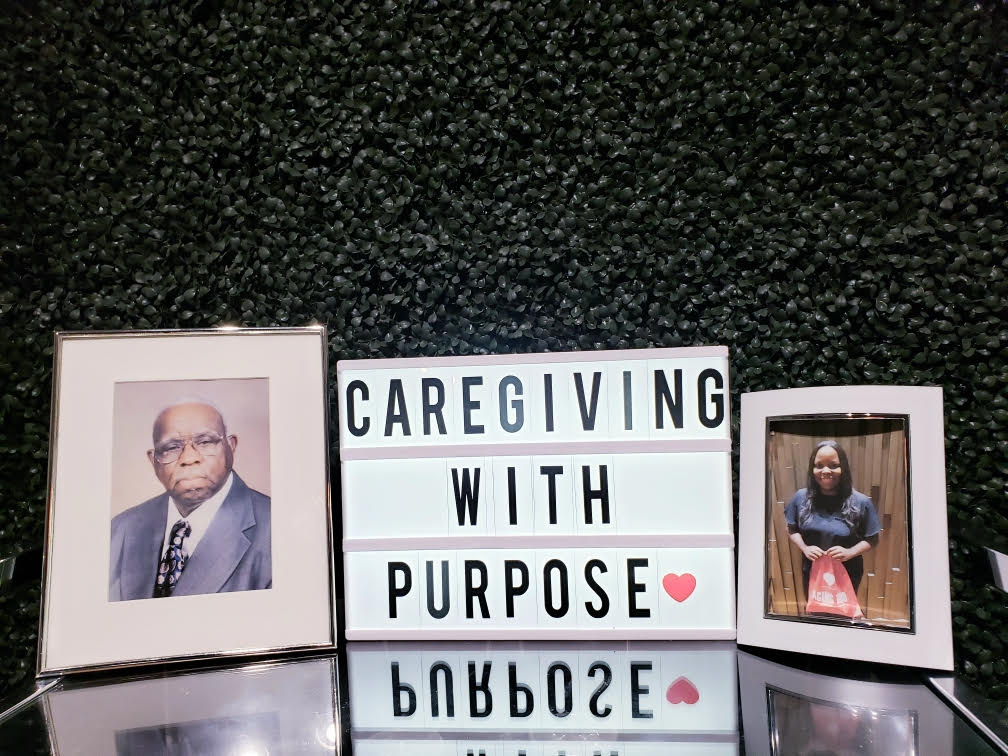Two centuries ago, daily life in the United States looked much different. Americans lacked access to the technologies that pervade our lives, but also, they lived their lives disinterested in the distinctions we now make about age.
It wasn’t until the mid-19th century that the age norms we accept today were introduced. Before then, school classrooms often educated very young children alongside adults. Age-specific institutions like children’s hospitals and senior homes didn’t exist. And most people in those eras would be hard-pressed to recall their birthday or even their precise age.
Today, children are segregated by age as soon as they hit preschool—and remain that way all through their formative years. Meanwhile, older adults congregate at senior centers and retirement communities, where the presence of young people is sometimes outright prohibited. And in our (the Eisner Foundation) 2017 survey with Generations United, more than half of respondents reported that aside from family members, few people regularly spent any time with people significantly older or younger than themselves.
Intergenerational Programming Combats Ageism
It’s no wonder that this age-segregated society we’ve created has led to both rising ageism and rising feelings of isolation and loneliness. A 2019 Cigna study showed that between 2018 and 2019, the number of Americans reporting feeling lonely increased from 54 percent to 61 percent—before the COVID-19 pandemic even began—and that both Millennials and members of Gen Z were even more likely to report these feelings than were older adults. Meanwhile, aging narratives have become increasingly negative and pervasive.
‘A 2019 Cornell study showed that intergenerational programming reduced ageist attitudes for all participants.’
But intergenerational programs directly combat these challenges. These programs intentionally bring together old and young, and use both groups as assets rather than populations to be served. And because both groups are empowered and valued, these programs influence how the generations positively view one another and themselves.
A 2019 Cornell study showed that intergenerational programming reduced ageist attitudes for all participants. This not only has implications for young people, who gain positive attitudes about the contributions and value of older adults, but also for older adults, who are more likely to live longer, healthier lives with a positive view of aging.
One such intergenerational effort is Sages & Seekers, a national organization that pairs older adults and high school students for an eight-week program aimed at combating ageism. While the younger Seeker is tasked with writing an essay by the end of the program about how the older Sage has impacted their life, the older participants also often remark on their increased hope for the future as they get to know younger participants. These attitude changes not only enrich their experience in the program, but also their future interactions with people of other generations.
Intergenerational Shared Sites Offer More Immersive Experiences
While more intensive, intergenerational shared sites can also provide a special opportunity to bring generations together in a sustained way.
Sites like ONEgeneration in California, which colocates a childcare and an adult day center, have intentional activities throughout the day for the two generations to do crafts, play games and share meals. The older adults, usually relegated to being recipients of care, are empowered as caregivers as they interact with the children. Meanwhile, older adults become a significant part of life for the young children, creating positive feelings about aging. As they grow up and transition to elementary and middle school, teachers regularly report that children who have been in these settings show increased empathy toward others, particularly toward those with disabilities or those perceived as “different.”
Only a quarter of Americans know where to find an intergenerational shared site in their community.
Other models include residences for older adults on or adjacent to college campuses, like Lasell Village in Newton, Mass., where older adults are encouraged to enroll in classes and be part of the campus community. Lasell University has been deliberate in creating spaces that maximize opportunities to participate and connect, including small class sizes and in-room voice amplification such as ceiling mics, and have trained faculty to leverage generational differences in experience and motivation for a more fulfilling experience for all.
These shared sites create incredible opportunities for forging intergenerational bonds that have exponential benefits to participants and the community around them. But while our research has shown the idea of these sites is overwhelmingly popular, only a quarter of Americans know where to find one in their community. As a tool to combat ageism and make our communities stronger, it’s clear we need many more.
Over the past several years, The Eisner Foundation has worked closely with Generations United to understand and uplift what makes a successful intergenerational shared site, and what’s needed to create one. Our most recent contribution is a comprehensive online toolkit that addresses every aspect of creating and improving sites across the country, found at SharingOurSpace.org.
This toolkit not only lays out the basics of intergenerational programming, but also dives into aspects of building design, funding, marketing and much more. Frequently, people interested in creating intergenerational shared sites run into challenges with regulatory red tape, siloed funding opportunities and engaging staff in a new mission. This new resource addresses these and many other roadblocks, and offers case studies and concrete actions for a path forward.
Our country faces many challenges in the decades to come. But an age-segregated society, and the ageism that results, does not have to be a foregone conclusion of American life—and, if we are to successfully face those impending challenges, we’ll need to do it together. By supporting intergenerational opportunities for old and young to engage, and thinking creatively about the spaces we create, we can deepen social ties and make our communities happier, healthier places to be.
Trent Stamp is the CEO of The Eisner Foundation, the only U.S.-based funder exclusively focused on intergenerational solutions to society’s challenges.
Photo caption: Participants in a Sages & Seekers program in Pasadena, Calif., build deep, one-on-one relationships during the eight-week program designed to address ageism.
Photo courtesy of The Eisner Foundation.













